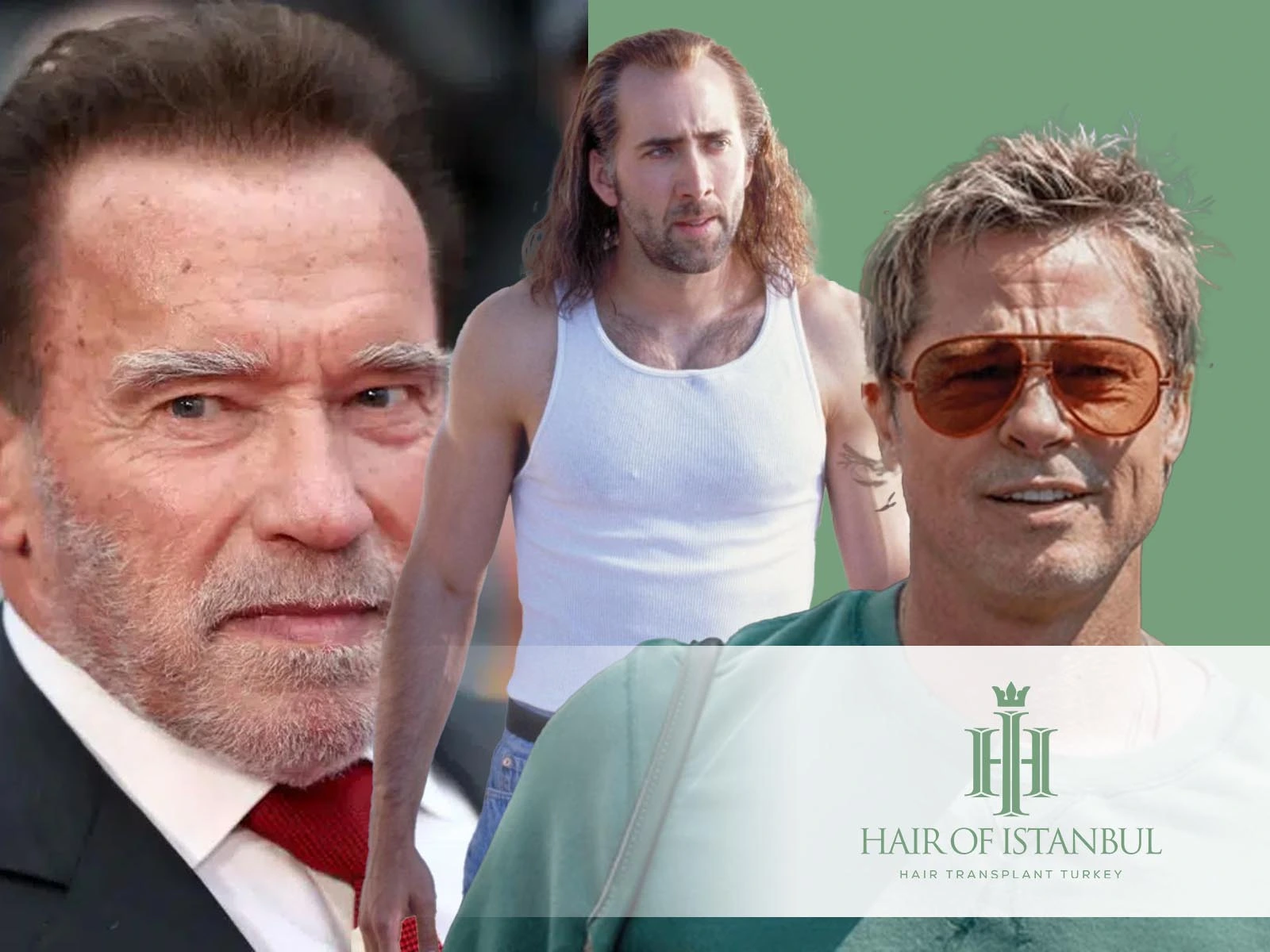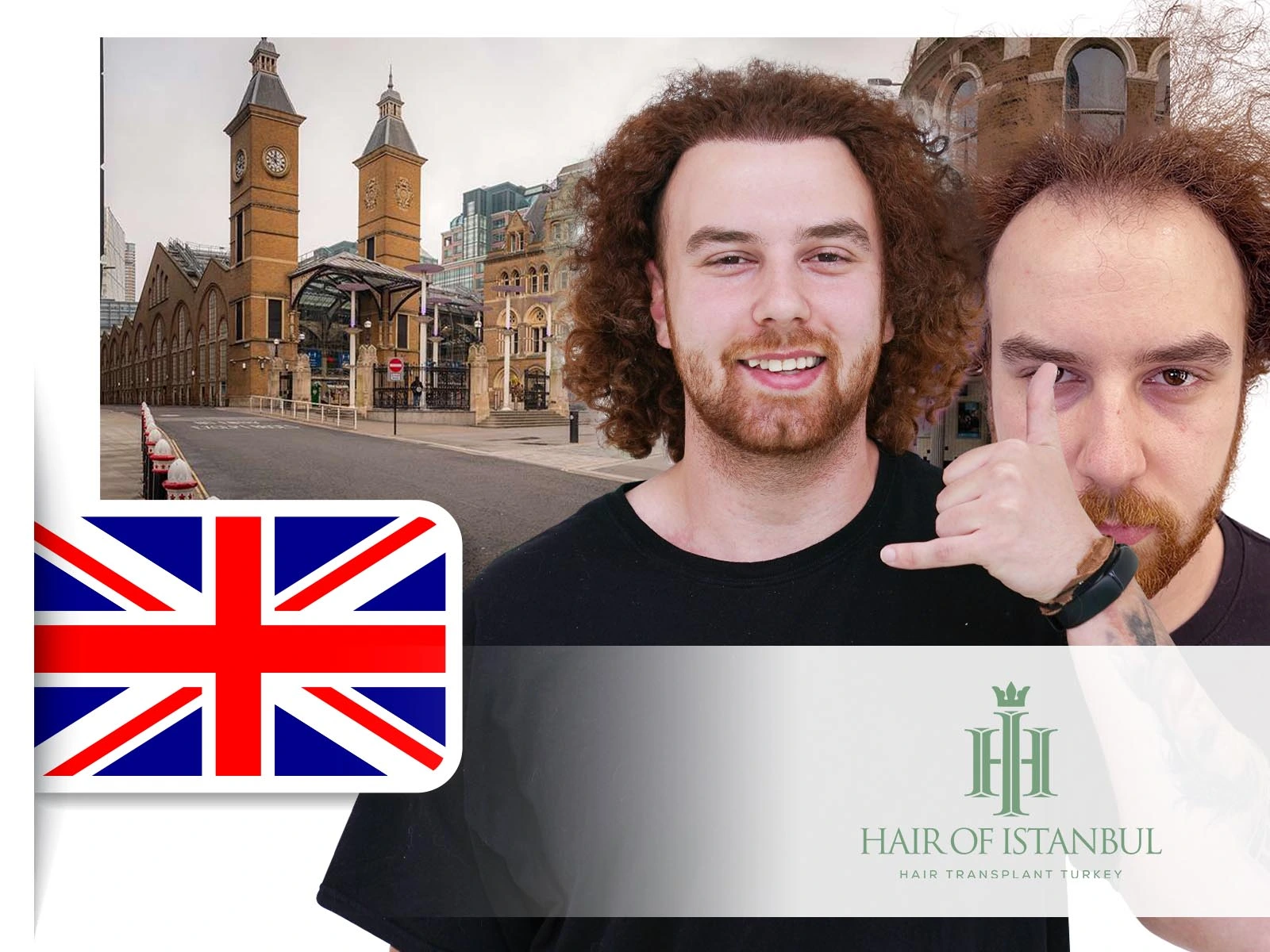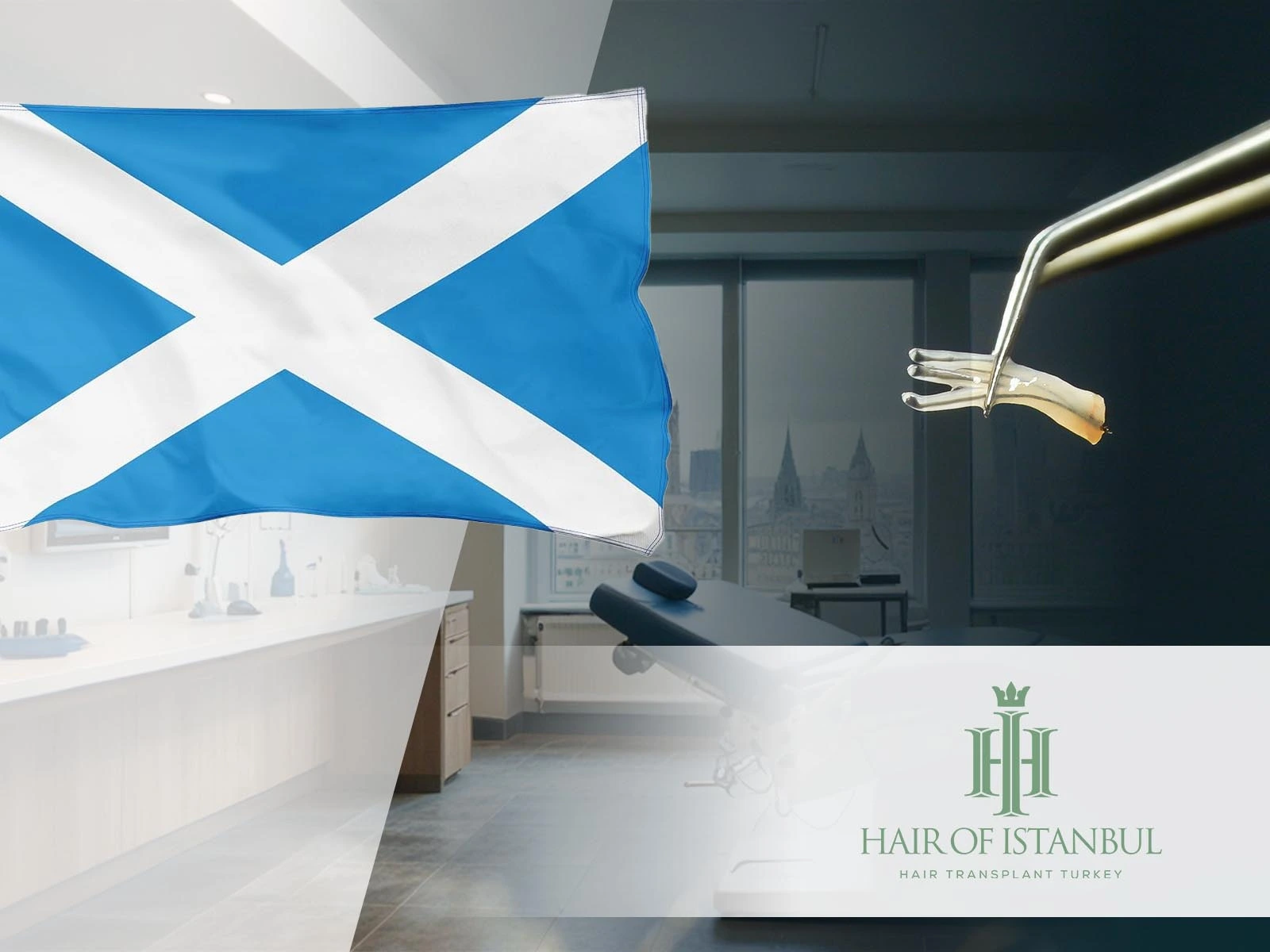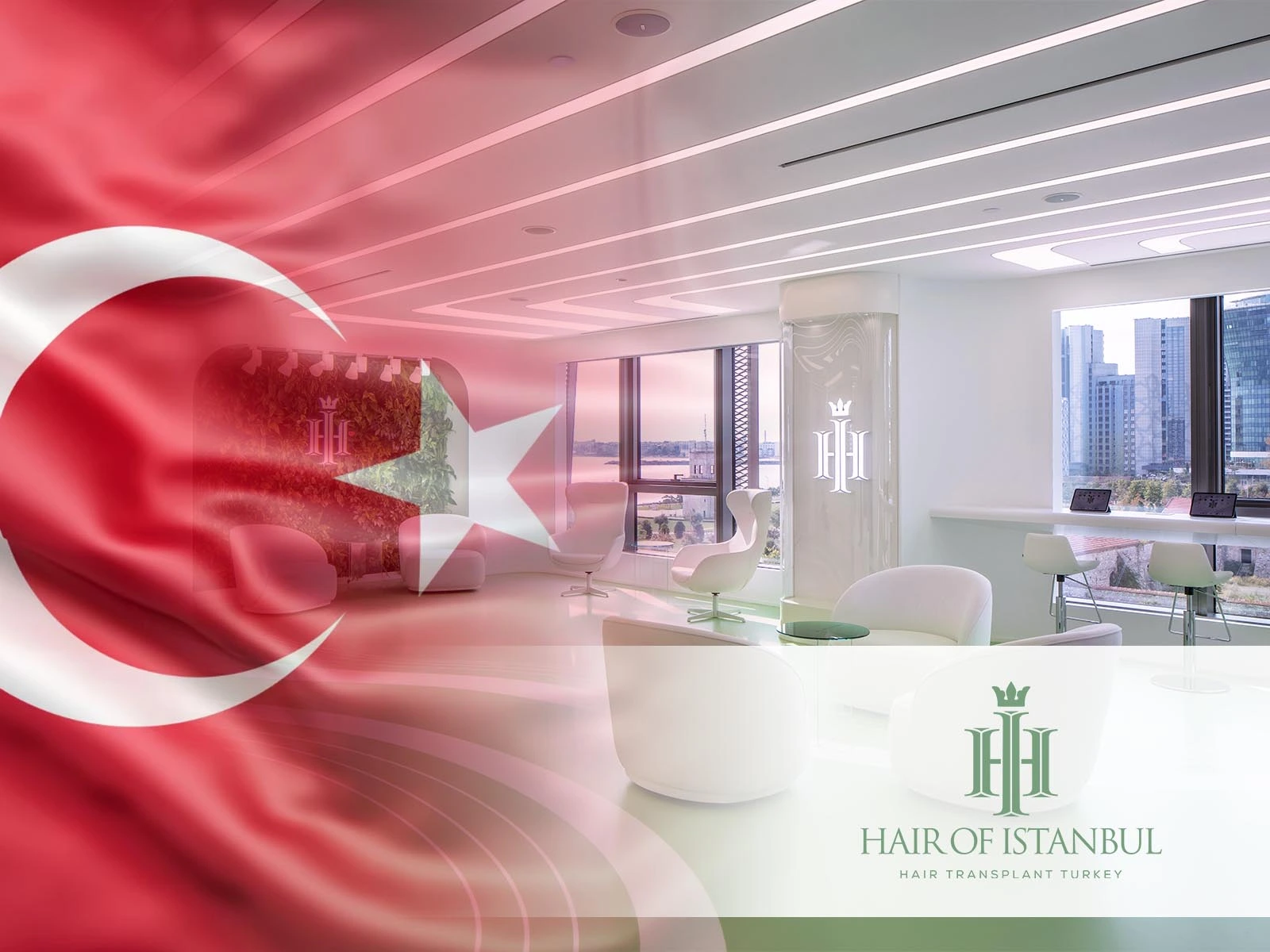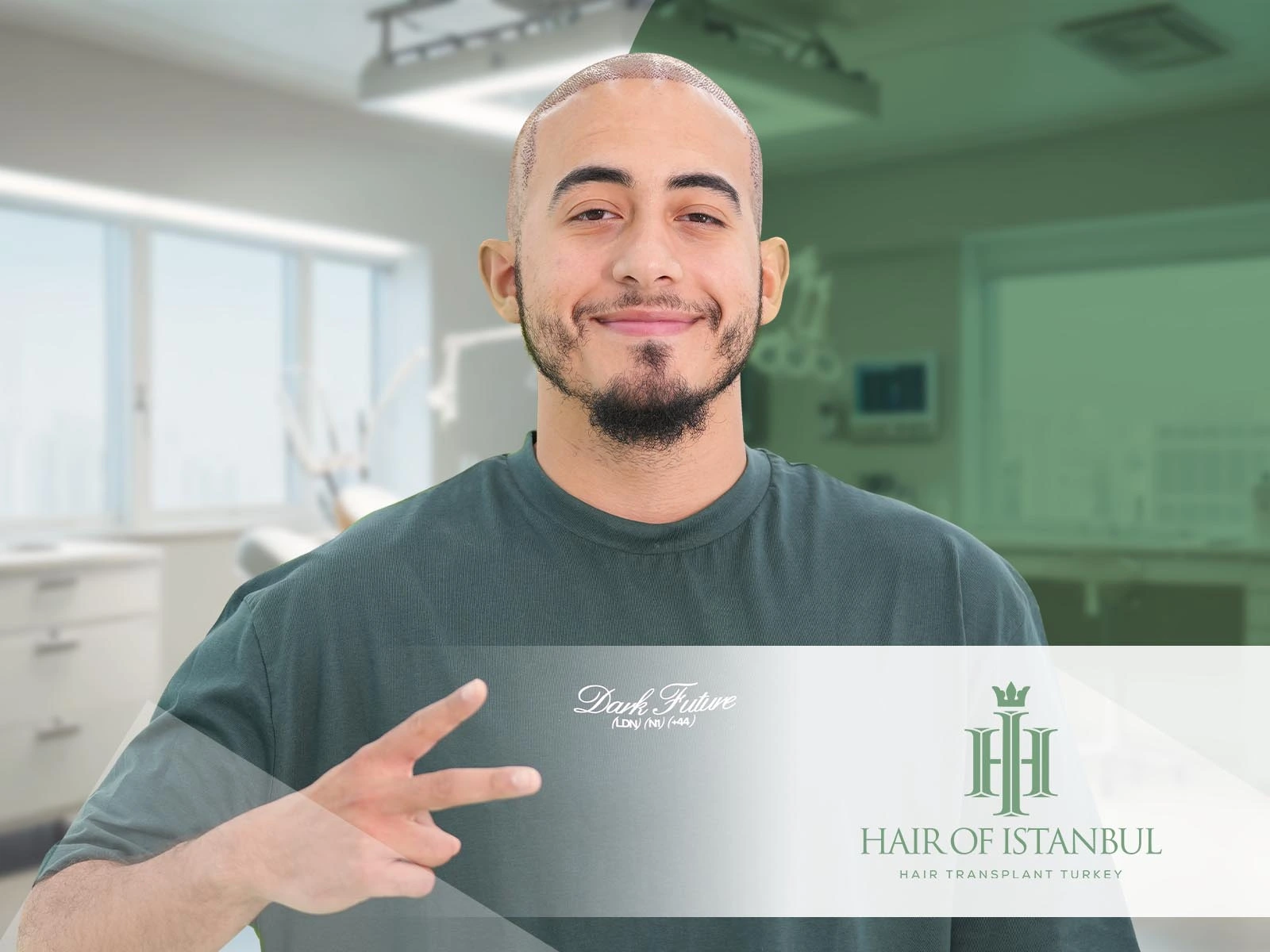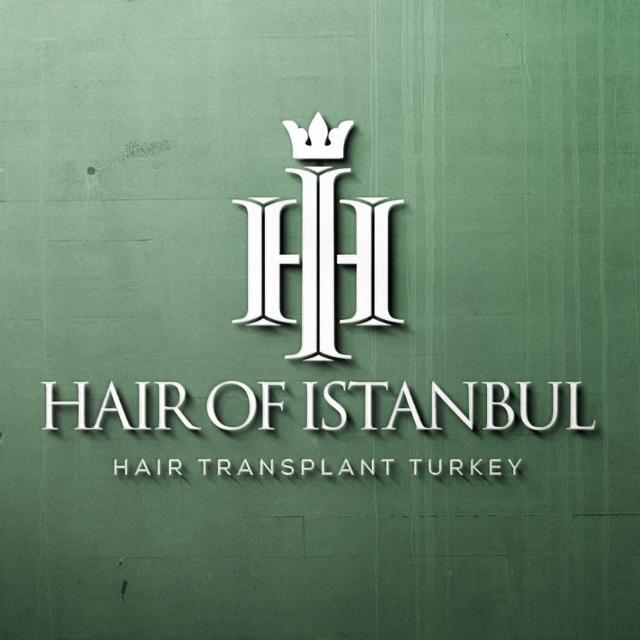After Beard Transplant
After Beard Transplant
Beard transplantation is unquestionably one of the critical areas of cosmetic medicine. By properly managing the procedure before, during, and after beard transplant, as well as during hair transplant surgeries, one may establish the groundwork for the healthy development of hair follicles. In light of this, it is evident that appropriate interventions should be implemented following beard transplantation, as well as the importance of taking certain factors into account. One of the primary issues that arise following beard growth is; Before discussing redness and scabbing, it will be a method that generally supports the integrity of the topic.
Surgery for Beard Transplantation
Because they have a direct impact on a person’s self-confidence and are essential for aesthetic look, beards and mustaches are unquestionably susceptible hair follicles, and numerous treatment methods have been devised to remove the discontent brought on by their absence or deficiency. Beard cultivation is a therapeutic method that aims to give the beard and mustache an appealing appearance in cases when they do not grow, are sparse, or fall out for a variety of causes. It is actively utilized in today’s evolving medical technology and plays a significant role in health tourism.
The final fundamental aspect of beard transplant procedures is selecting the sowing region and sowing density. It should be noted that the sowing line will be drawn once the doctor completes the required checks, even though the person’s requests to be treated are used as a basis here. Another stage that should be considered is planting, which is carried out in the direction of hair development. The correct methodology requires a period of 6 to 9 months to achieve the anticipated normalization level of hair follicles, and it should be kept in mind that the physiological characteristics of the patient, the procedure, and the recovery process all play a significant role in cases where this period is shortened or prolonged.
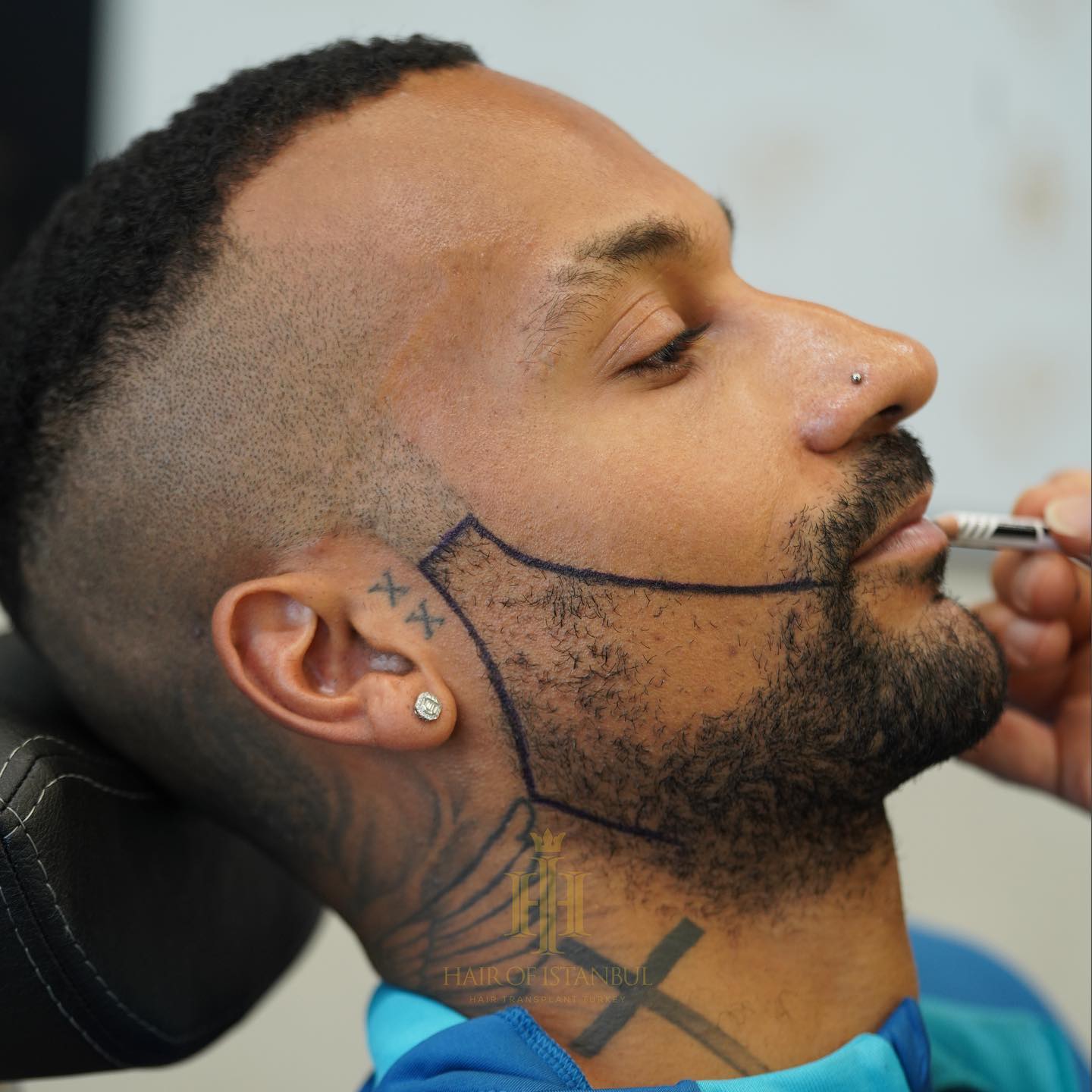
The areas to be thought about and concentrated on after beard transplantation are more constrained and fundamentally:
• Crumbling and rashes,
• Recovery, the initial shaving and washing, and maintenance
There are four distinct stages.
The redness and crusting appeared for a reason; these characteristics, which are common in the first few days after planting, frequently alarm and confuse patients. As described in the preceding paragraphs, assessing the process following beard cultivation would be more accurate.
After a beard transplant, there is redness and crusting.
Following beard transplantation, redness and crusting are simple but time-consuming side effects. The use of the FUE technique determines if acne-like redness appears in the hair follicles that were implanted after the procedure; this is typically necessary and does not call for any intervention. Crusting is a problem that shares the same traits as redness where the intervention was made, but it is brought on by placing hair roots in holes.
You must pay close attention to the following: The beard-planted region must be kept free from any physical touch to maintain the redness and crusting conditions in the usual process. By avoiding contact with the planting area, germs won’t grow there after the procedure, and the structure of the hairs that try to attach to the root won’t be harmed. Depending on the time, the redness will go quickly, and the crusting will typically start to go away by the third day.
Following a Beard Transplant: The Healing Process
Since the treated area is a sensitive area, like the face, the patient extends the duration of physical contact as described in the preceding paragraphs, which causes the healing process following beard transplantation procedures to take longer than the recovery process following hair transplantations.
You may struggle with time. The first week following the operation will determine the entire process, and it can be easily avoided with only a few straightforward steps. This is the most significant expression at the point of recovery after beard transplantation.
While resting for the first three days following a beard transplant is advised, there are still a few other things to keep in mind. For example, it is advised against using tobacco or alcohol in the first three days following the procedure, just as it is advised against following a hair transplant. The healing process will move more quickly as a result.
Activities that produce sweating, particularly sexual activity, and sports, should be avoided to prevent hair root distortion. The situation is the same as the extent of sweating following hair transplantation; the hair follicles are held and grown in the healthiest manner possible.
Turtlenecks and clothing prone to contact with the planting region, such as weft, should be avoided to prevent any contact with the hair follicles.
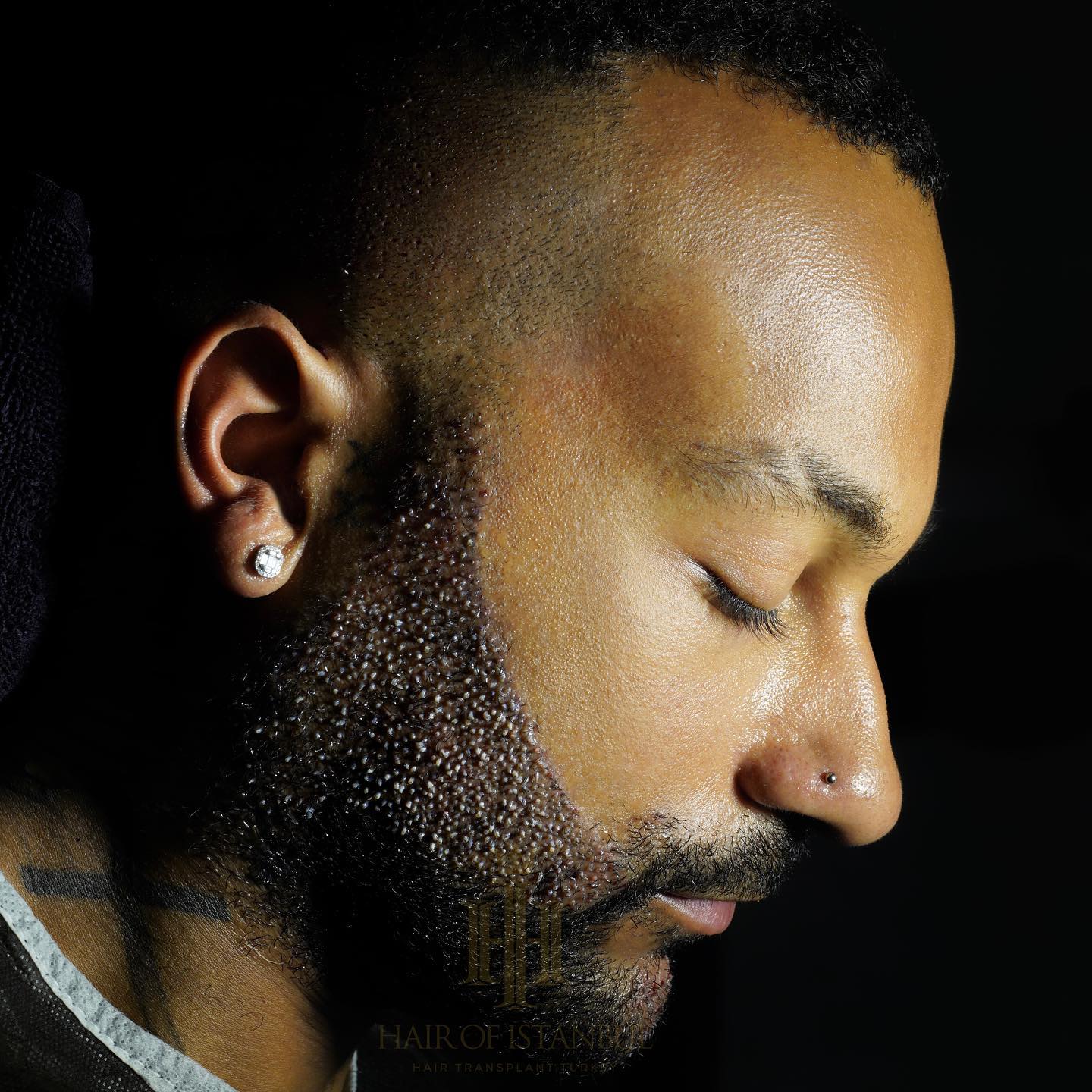
A simple nutrition plan that emphasizes foods from the protein category that are important for tissue regeneration, mainly those rich in vitamins A, E, C, D, B7, and B12, can be used to speed up recovery following surgery.
Pay attention to the bristles’ sleeping patterns for their health because they tend to hold onto their roots and are pretty sensitive for a while after planting. The experts advise laying it on its back and making as much contact with the cushion as possible.
As can be observed, it is evident that when combined with the things to take into account following hair transplant surgeries, the factors that affect the healing process of beard planting practically coincide. The final aspect that needs to be emphasized is that the post-operative recovery process is carried out in conjunction with the doctor, who is kept updated throughout.
The most intriguing aspect for those who want to grow a beard is the shock-shedding phase, which needs to be stressed because it makes most patients extremely anxious. This is true for both those who want to have beard transplantation and those who want to grow a beard in the context of the healing process. After beard transplant, shock shedding is a standard procedure that can take anywhere between one and two weeks, depending on several variables. The hair follicles that are shed at this point will reappear in the process, and this acceleration of the hair follicles will last for around two years. Therefore, panicking during the shock spill period is a flawed strategy.
Immediately Following a Beard Transplant: Wash and Shave.
After beard transplant, (click here for additional information) the first wash and shave are unquestionably crucial phases, and poor choices made at this time will negatively impact the health of the hair follicles. The majority of the washing is done here. It should be mentioned that while washing is frequently done in the clinic where beard transplants are done, patients occasionally get up to wash for the first time at home for various reasons.
The regions that require extra caution while washing in a domestic setting are those where redness and scaling will go away after washing and where the hair follicles shouldn’t shed along with the shells. To prevent the hair follicles from falling out with these crusts, they should be handled delicately. The first wash was carried out 2-4 days following the beard transplant operation; three steps of examination, including lotion, foaming, and washing, were feasible. You can contact us for detailed information.

